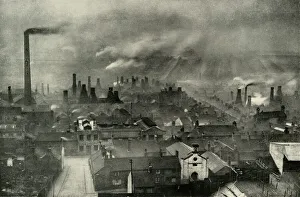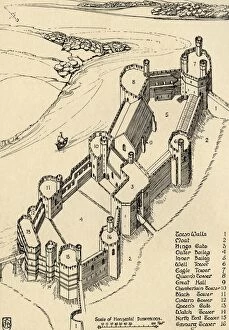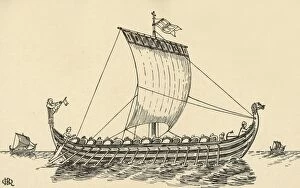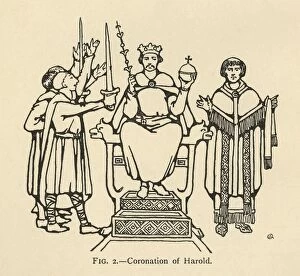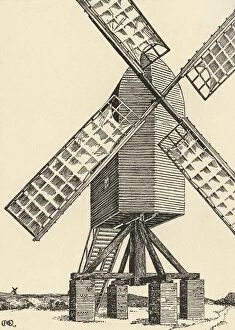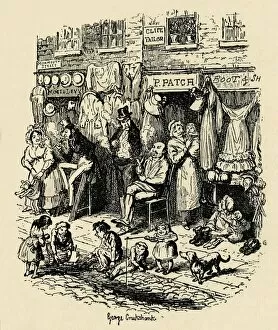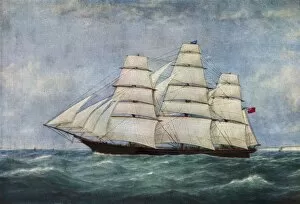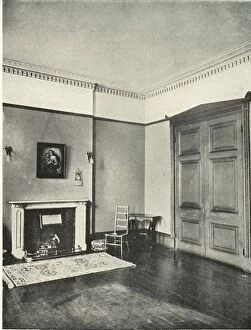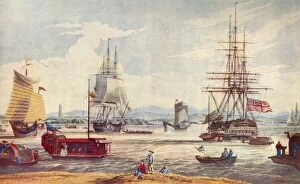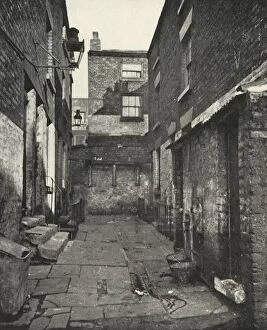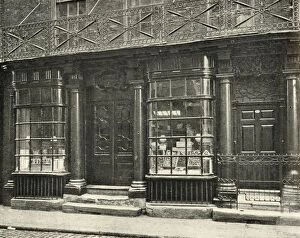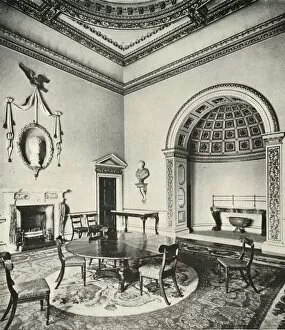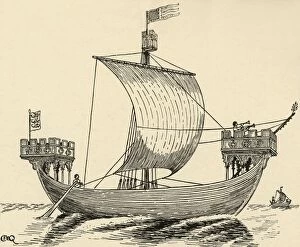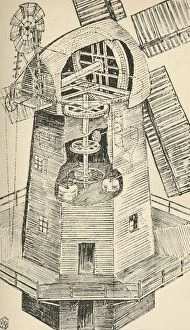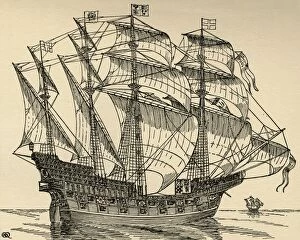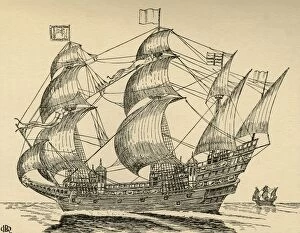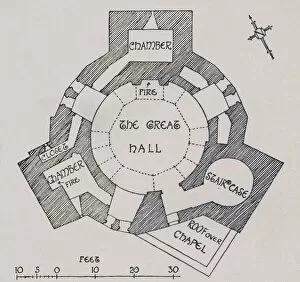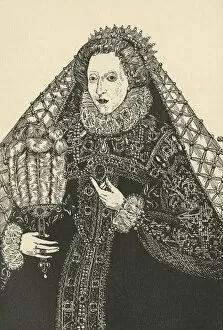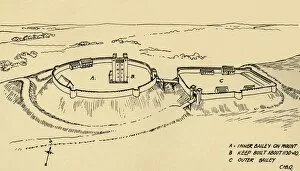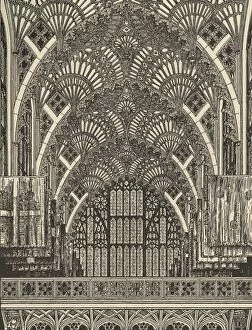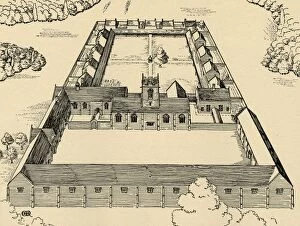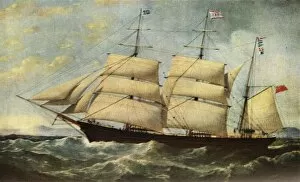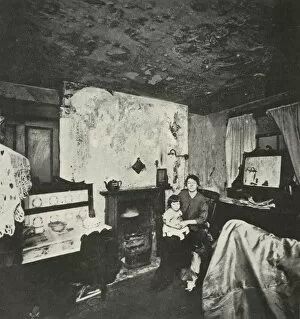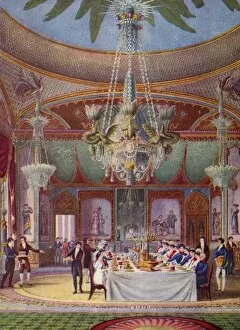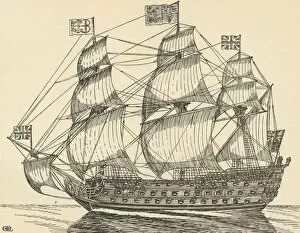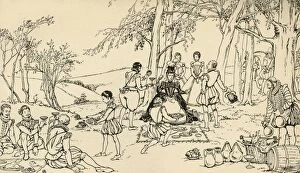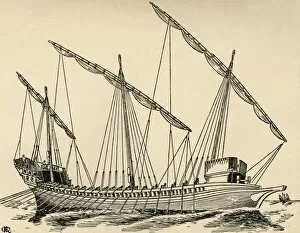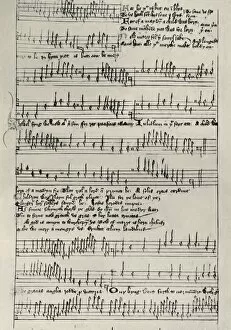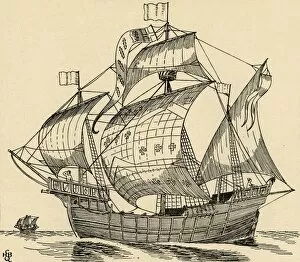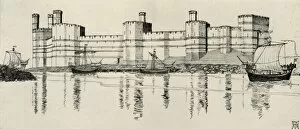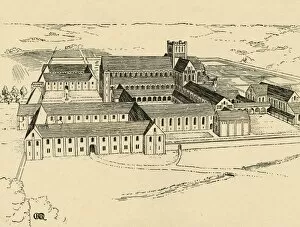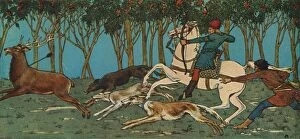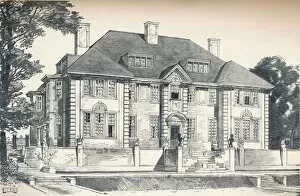Charles Henry Bourne Collection
Charles Henry Bourne Quennell was a versatile artist who captured various aspects of history and culture through his captivating illustrations
All Professionally Made to Order for Quick Shipping
Charles Henry Bourne Quennell was a versatile artist who captured various aspects of history and culture through his captivating illustrations. In "A Factoryscape in the Potteries" (1938), he depicted the bustling industrial landscape, showcasing the significance of pottery production during that era. The exterior of Orford Castle, Suffolk (the Battlements restored) (1931) showcased his attention to detail and architectural precision. Quennell's talent extended to historical events as well. His portrayal of "The Norman Ship" (based on the Bayeux Tapestry) in 1931 demonstrated his ability to bring ancient stories to life through art. Similarly, "Coronation of Harold" (1931) depicted a pivotal moment in English history with remarkable accuracy. Not limited to historical scenes alone, Quennell also captured everyday life and leisure activities. In "Boys playing at Riding at the Quintain" (Romance of Alexander, about 1340. Bodleian) from 1931, he portrayed children engaging in medieval games, offering a glimpse into pastimes enjoyed centuries ago. Quennell's artistic range even included maritime subjects like "The Tea Clipper Spindrift" (1938), which showcased the grandeur and elegance of these iconic vessels during their heyday. His works were not confined solely to England; they also explored international themes such as agriculture during Edward III's reign ("Agriculture in the time of Edward III, " from the Luttrell Psalter). Additionally, he immortalized famous ships like "The Cutty Sark" (1869), capturing its majestic presence within Falmouth Harbour in 1938. In contrast to historical depictions, Quennell also illustrated contemporary settings like Mecklenburgh Square in Bloomsbury ("Contrasted Interiors: Regency - Mecklenburgh Square") from 1938. This juxtaposition allowed viewers to appreciate the evolution of architectural styles over time.

